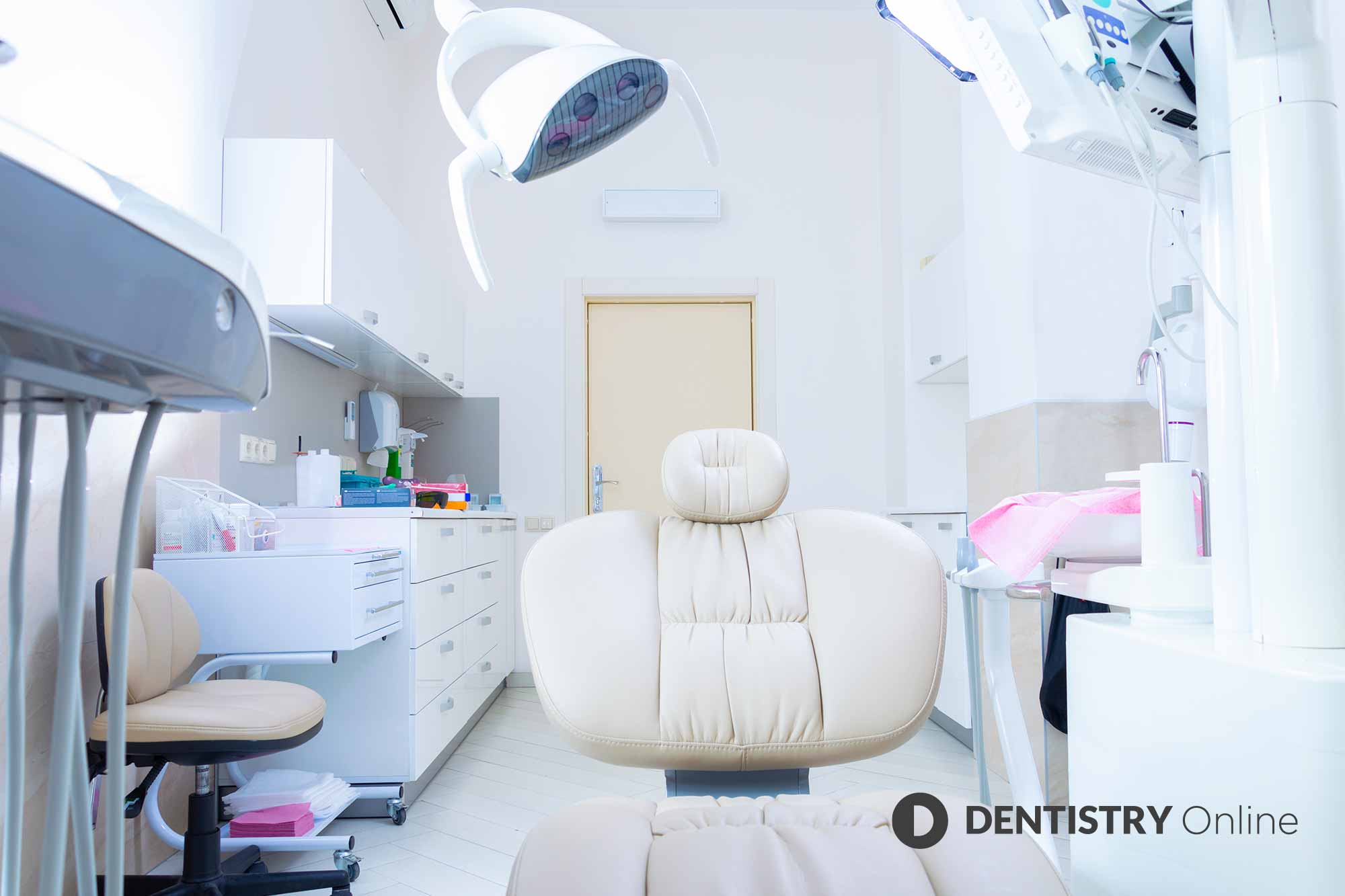Follow Dentistry.co.uk on Instagram to keep up with all the latest dental news and trends.
 Keith Wyatt, managing director of UV Clean Light, explains why we need to concentrate on sterilising the air in dental practices before we can return to normal.
Keith Wyatt, managing director of UV Clean Light, explains why we need to concentrate on sterilising the air in dental practices before we can return to normal.
Earlier this month, Eddie Crouch, BDA chair, appeared on BBC Breakfast calling for government intervention on the supply of air-flow units to dentistry.
This year, millions of dental appointments have been lost due to practices being unable to operate at full capacity – or operate at all.
The BDA argues that the number one barrier preventing dentists upping their capacity is fallow time. In order to reduce fallow time, practices must have effective mitigation in place. Regularly refreshing airflow is seen as key.
Whether Crouch’s call for government assistance comes to fruition remains to be seen. But what is apparent is that there exists a great deal of confusion within the sector over best practice and available options.
How the virus spreads
The virus spreads in three main ways. Small droplets from speaking or coughing; via contaminated surfaces; and transmission by aerosols – the inhalation of invisible particles exhaled by an infected person.
Without ventilation, aerosols remain suspended in the air and become increasingly dense as time passes.
It doesn’t take much for these particles to be released. Simply breathing is enough and they can escape from an improperly worn face mask.
Scientists have shown that aerosols can infect people who spend more than a few minutes within a five-metre radius of an infected person, depending on the length of time and the nature of the interaction.
Fallow advice
The industry receives varying advice relating to what constitutes an effective fallow period.
For example – Public Health England’s recommendation is to allow 60 minutes: ‘If less than 10 air changes take place per hour following an aerosol generating procedure’. Whereas the chief dental officer for Wales identifies a minimum of 16 minutes (in instances where each treatment is under 10 minutes).
Air ventilation units will move air around and refresh the room. The problem, according to the BDA: ‘Is that most practices simply don’t hold data on their air change levels. And the majority can’t afford the equipment that could cut fallow times to the new minimum.’
Confusion reigns.
Not ventilation – sterilisation
In fact, it is not air ventilation but air sterilisation units that really solve the aerosol problem.
Put simply, these sterilisation units suck air in and expose the air to UV-C light. This disinfects it before it is pushed out as clean air.
Specifically, this is UV-C light energy, which is not the same as the UVA in tanning beds or UVB, which, as well as occurring naturally from sunlight exposure, we also use for curing within the dental industry.
With air sterilisation units installed and operating around the clock, there is no need for a fallow period at all.
Already, gyms, health clinics, recording studios, staff-rooms and yes, dental practices use such units.
The real benefit of these COVID-busting devices is that practices can use them at the same time as patients and clinicians are in the room.
High-powered UV-C lamps have proved particularly effective. But they require people to vacate before safe use.
Some solutions offer the best of both worlds. These double-function luminaires shield the UV-C light during times when people are in the room – disinfecting it within the airflow unit before reintroducing it to the room.
But users can also remove the shielding panel after occupancy, allowing direct disinfection of surfaces in just 15 minutes.
Financial burden
The BDA goes on to say that: ‘COVID-proofing comes at a cost. The surveys, the kit, and extensive building works cannot be borne by practices alone’.
The reality is that these are relatively inexpensive devices, simple to install. And there is typically a quick financial pay-back simply because installation can enable a business to re-open and operate safely with some semblance of normality again.
Many users have invested as a direct result of COVID. But all will benefit from long-term use of these units. They are equally effective in sterilising air from more regular winter cold and flu bugs.
And should any new COVID strains develop (as in Denmark), having an air sterilisation unit will help to keep subsequent disruption to a minimum.
Tough times – but the solution is there
Clearly, the industry is battling through a particularly tough period. The impact of which practices and citizens of every age feel.
The technology exists to get practices up and running safely and to full capacity. Who pays for that technology is a matter for the industry to debate.
But whomever foots the bill should know that bringing practices up to speed can happen quickly, safely and cost effectively.
It is not about pushing air around. It is about sterilising air and eliminating all harmful microbes. And it is this level of protection that will reassure the industry, reassure patients and get millions of people back through dentists’ doors.


